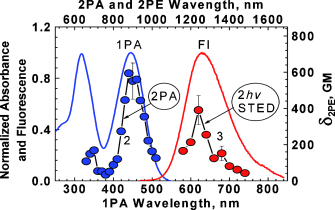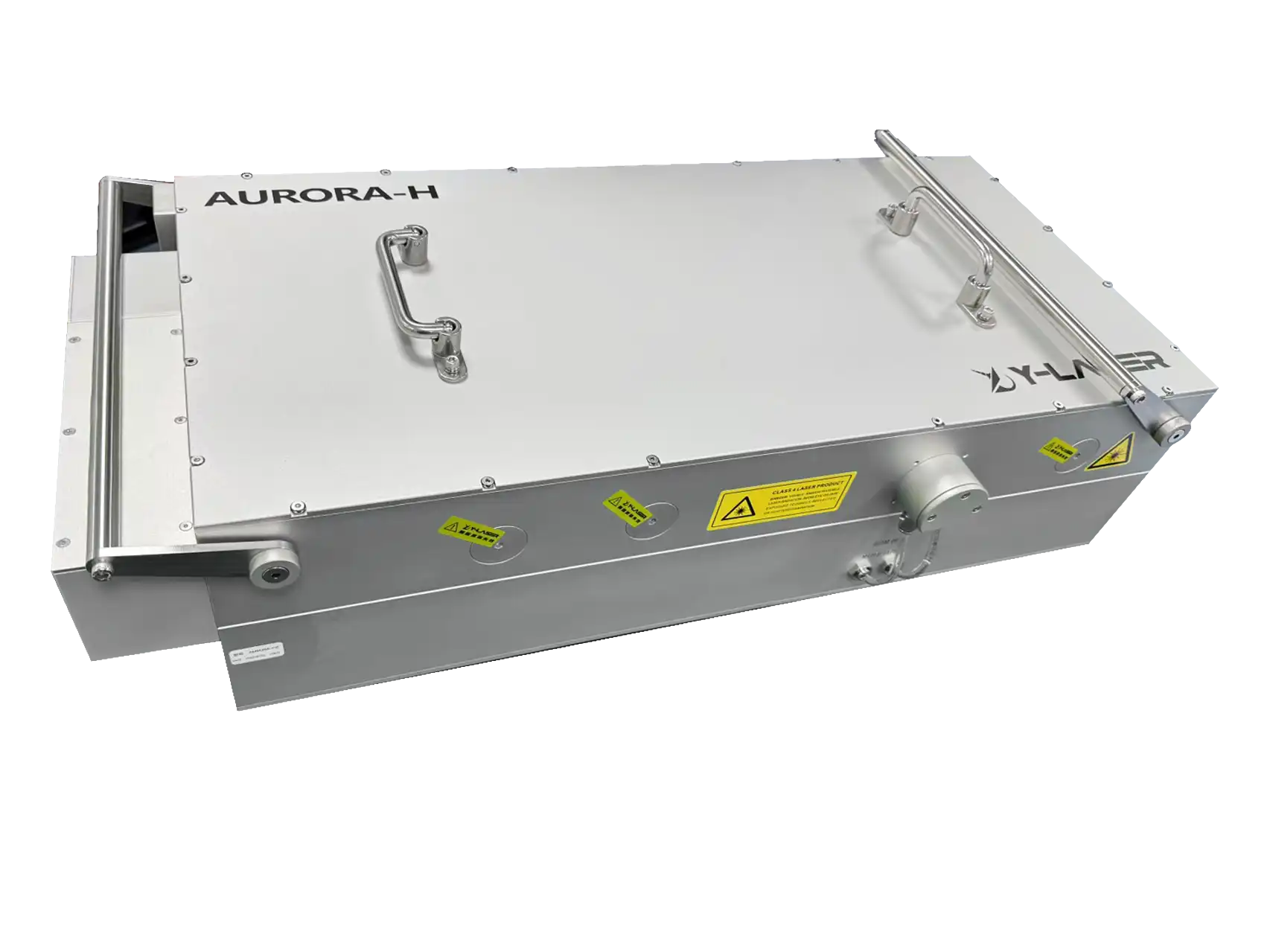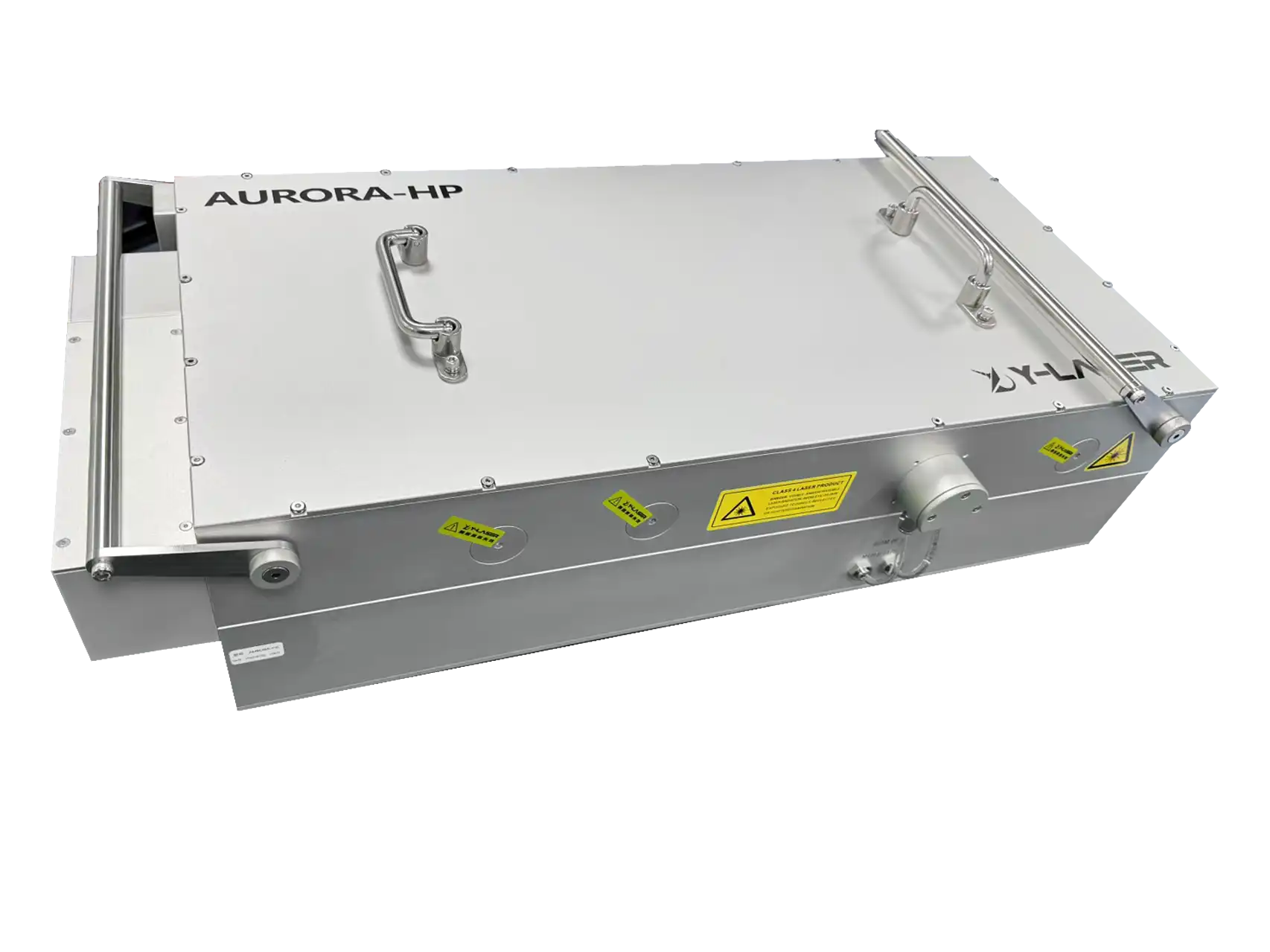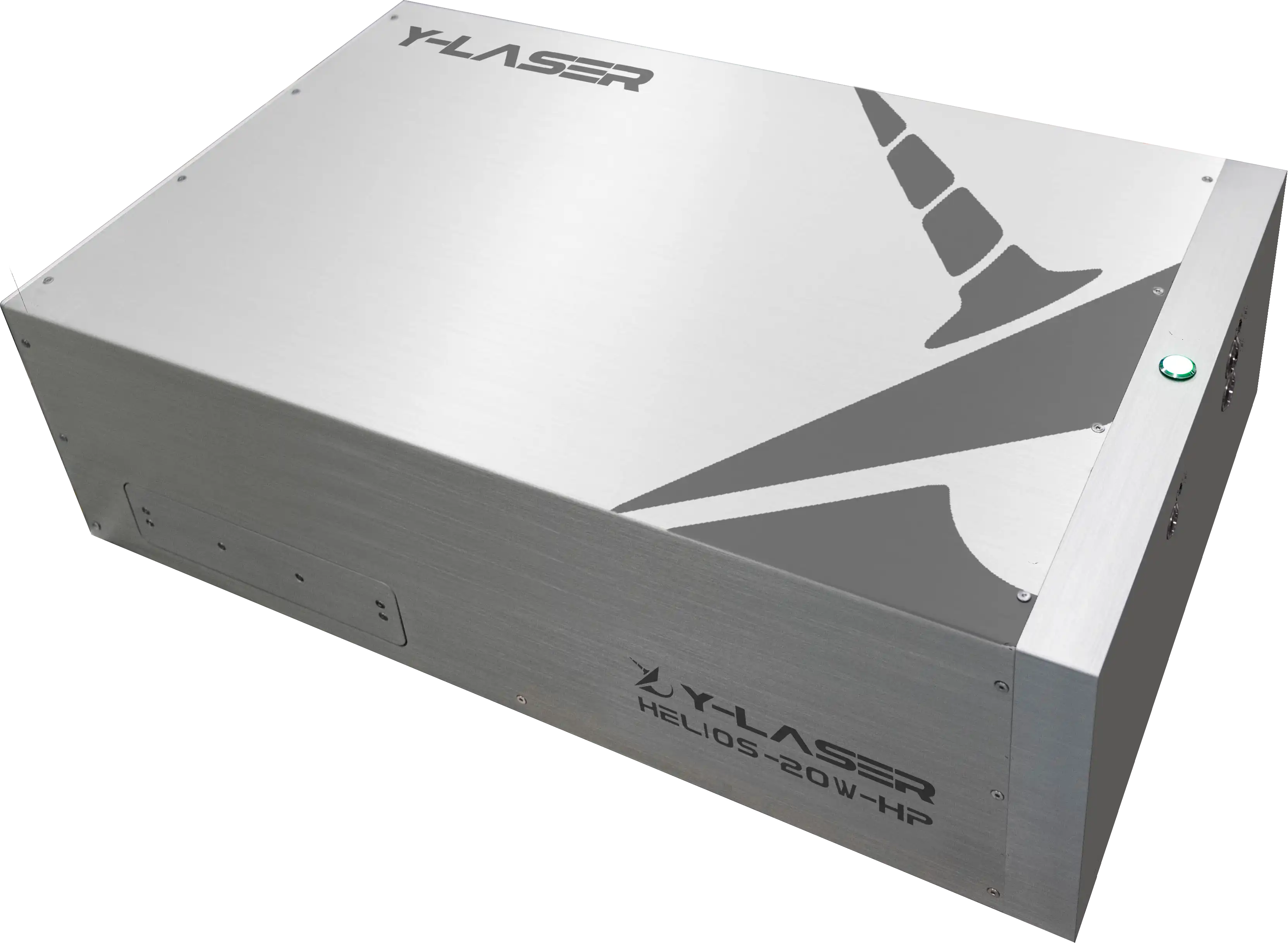Time-resolved fluorescence spectroscopy (TRFS) is a powerful molecular spectroscopic tool that uses short pulse light (such as femtosecond or picosecond lasers) to excite the sample and measures the fluorescence emitted by the sample over time. This technique provides in-depth information about the molecular environment and molecular dynamics, allowing researchers to gain a deeper understanding of how molecules interact with their surrounding environment.
In biochemistry and biophysics, TRFS is widely used to study the structural dynamics of proteins, enzyme reaction mechanisms, and interactions between biomolecules such as proteins and nucleic acids. With this technique, scientists can observe dynamic changes in protein folding, unfolding, and interactions with other biomolecules, which is crucial for understanding the functionality of biomolecules and the molecular mechanisms of diseases.

The single-photon and two-photon excitation emission spectra of a novel fluorene derivative (E)-1-(2-(di-p-tolylamino)-9,9-diethyl-9H-fluoren-7-yl)-3-(thiophen-2-yl)prop-2-en-1-one were obtained over a wide spectral range (see figure), and a new time-resolved fluorescence emission spectroscopy method was proposed.
In the field of materials science, TRFS technology is crucial for studying the photophysical properties of optoelectronic materials. It plays a key role in researching semiconductors, quantum dots, and organic light-emitting materials, especially in the development of new optoelectronic devices and energy conversion materials. Through this technique, scientists can gain in-depth insights into the excited-state lifetimes, energy transfer processes, and electron dynamics of these materials, thereby optimizing their performance.
The application of femtosecond lasers has significantly enhanced the capabilities of TRFS technology. The ultrashort pulse width enables scientists to precisely excite molecules and capture extremely fast molecular processes, such as photoinduced electron transfer and rapid chemical reactions. This high time-resolution measurement capability provides new perspectives for studying photoactivated processes and light-induced dynamic events.
Moreover, the precise control capabilities of femtosecond lasers, including adjustments of pulse energy, duration, and wavelength, are crucial for studying systems with complex excited-state dynamics. This control allows for fine-tuning of experimental conditions, enabling researchers to explore the properties of molecules and materials under more varied conditions. It provides powerful tools for understanding complex photochemical and photophysical processes.
Overall, time-resolved fluorescence spectroscopy, combined with the advantages of femtosecond lasers, offers a unique and powerful method for studying the dynamics of molecules and materials. This technique plays a vital role in research across various fields, including biomedicine, materials science, and chemistry, especially in the study of complex systems that require high temporal resolution. As femtosecond laser technology continues to develop and improve, the scope and capabilities of time-resolved fluorescence spectroscopy will further expand.
References:

 AI Assistant
AI Assistant


